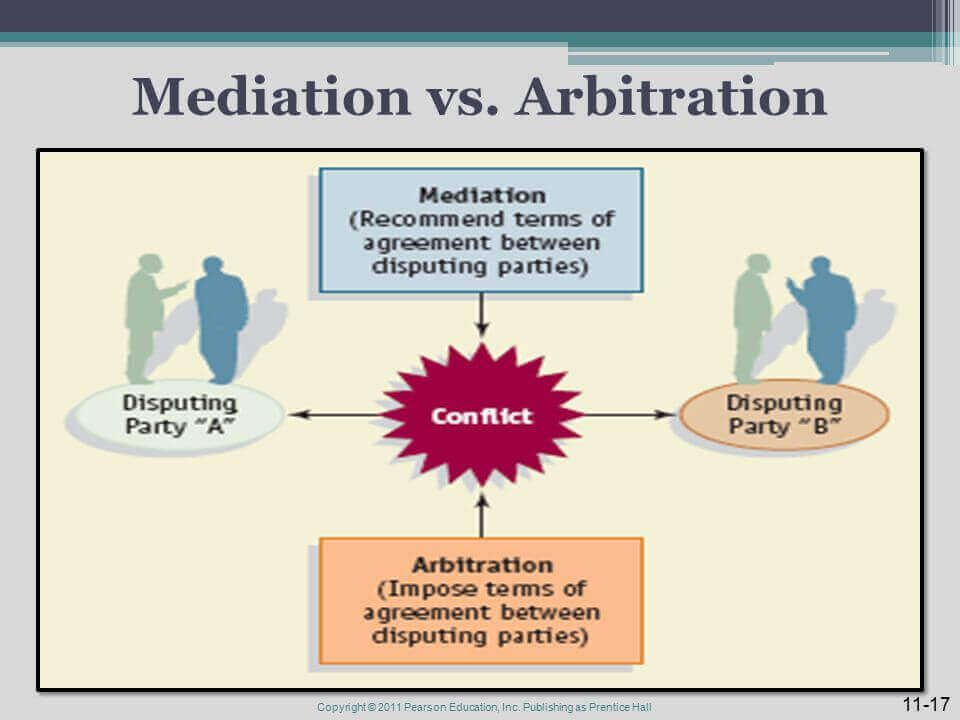In the fast-paced world of technology, disputes between businesses are bound to happen. Whether it’s a breach of contract, intellectual property infringement, or partnership disagreements, resolving these disputes in a timely and effective manner is crucial for the success of both parties involved. When it comes to resolving business disputes, two common methods are mediation and litigation. In this article, we will delve into the differences between these two approaches and help you determine which one is the best fit for your tech business.
Mediation: A Collaborative Approach
Mediation is a form of alternative dispute resolution where a neutral third party, known as a mediator, assists the parties in reaching a mutually acceptable resolution. Unlike litigation, which involves a court proceeding and a judge’s final decision, mediation is a collaborative process where the parties involved actively participate in finding a solution.
One of the key benefits of mediation is the ability to maintain confidentiality. The discussions and negotiations that take place during mediation are not public record, which can be particularly important for tech companies looking to protect sensitive information and trade secrets. Additionally, mediation is often more cost-effective and time-efficient compared to litigation, as parties can schedule mediation sessions at their convenience without the lengthy court procedures.
Litigation: The Adversarial Process
Litigation, on the other hand, involves taking the dispute to court and having a judge or jury decide the outcome. While litigation can be a more formal and structured process, it also tends to be more contentious and adversarial. Emotions can run high, and the parties involved may become more entrenched in their positions, which can lead to prolonged legal battles and increased costs.
Despite its drawbacks, litigation does have its advantages. One of the main benefits is the enforceability of court judgments. Once a judgment is issued by the court, it is legally binding, and parties are required to comply with the court’s decision. In cases where one party is unwilling to cooperate or negotiate in good faith, litigation may be the only option to ensure a resolution.
Choosing the Right Approach
When it comes to resolving business disputes in the tech industry, choosing the right approach is essential. Mediation can be a valuable tool for maintaining relationships, preserving confidentiality, and reaching a creative solution that meets the needs of both parties. On the other hand, litigation can provide a definitive resolution and enforceable judgment when negotiations fail.
Ultimately, the best approach will depend on the specific circumstances of the dispute and the goals of the parties involved. Before deciding on mediation or litigation, it is important to consider factors such as the complexity of the issues, the willingness of the parties to cooperate, and the desired outcome of the dispute. Consulting with legal counsel and experienced mediators can help guide tech businesses in making an informed decision and achieving a successful resolution.
Conclusion
In conclusion, resolving business disputes in the tech industry requires careful consideration and strategic planning. While both mediation and litigation offer distinct advantages and drawbacks, choosing the right approach can make all the difference in achieving a favorable outcome. By understanding the differences between mediation and litigation and evaluating the specific needs of your tech business, you can effectively navigate the dispute resolution process and move forward with confidence.
